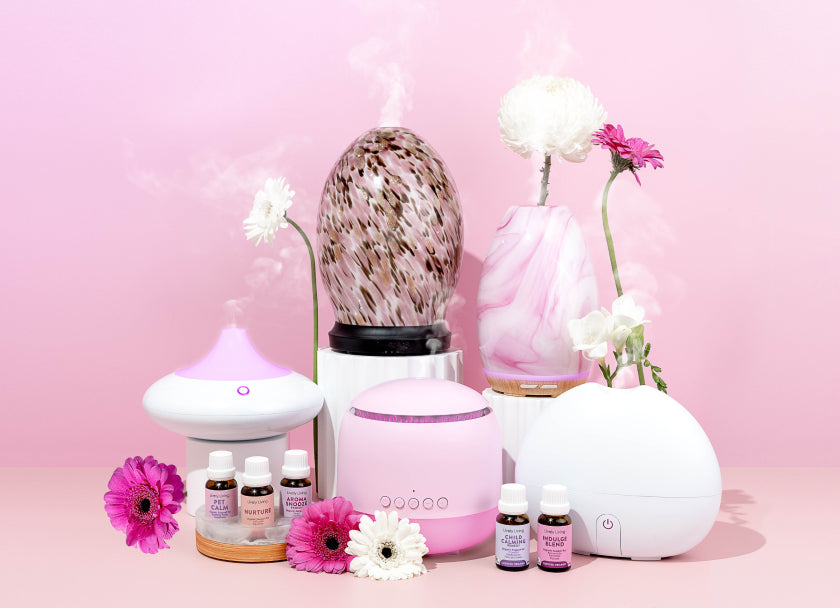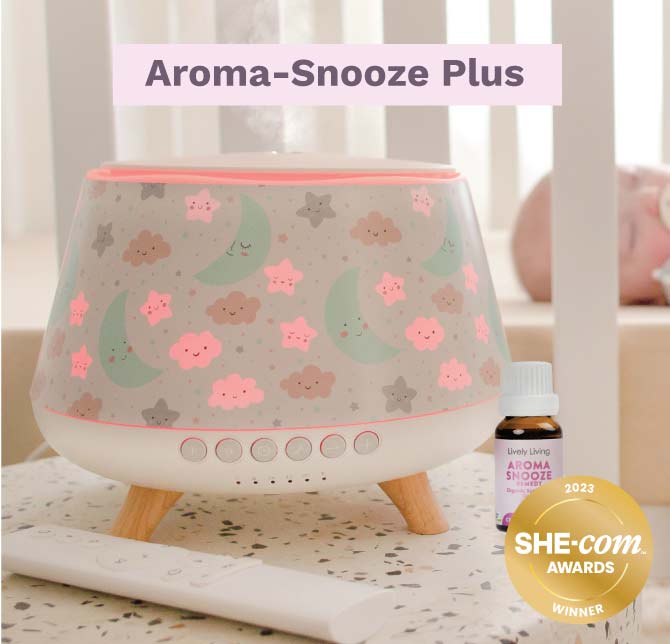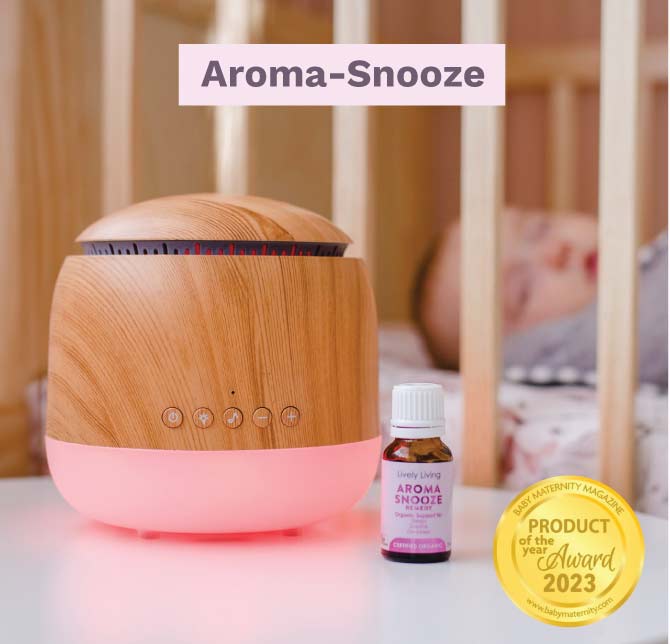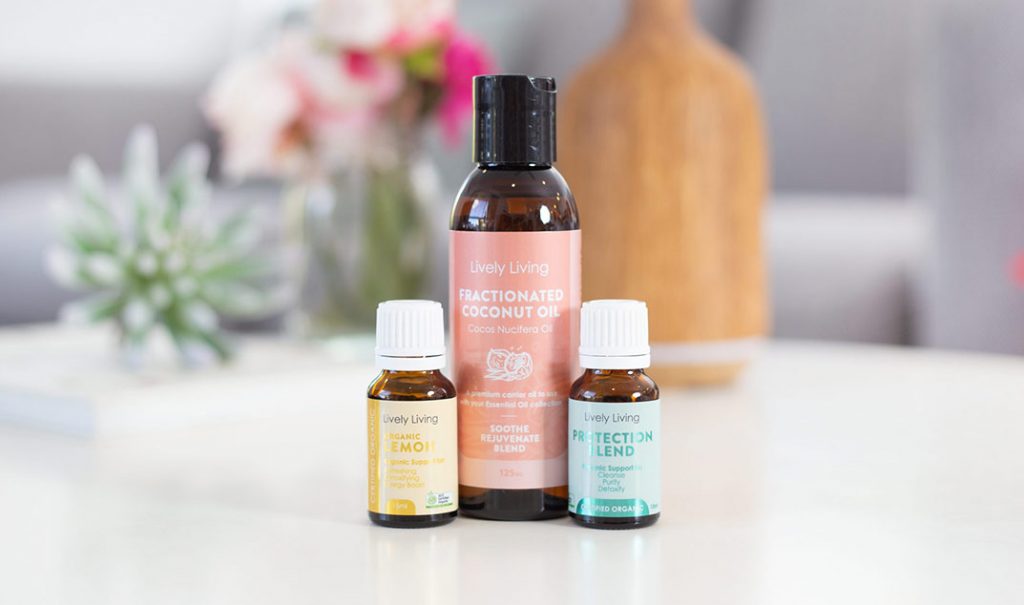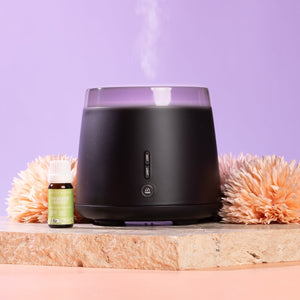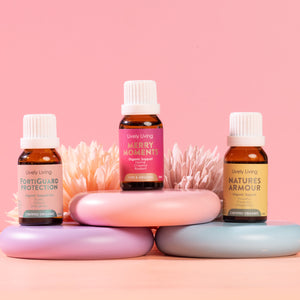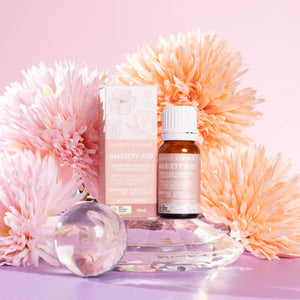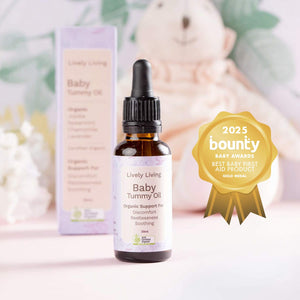Discover the Top Benefits of Fractionated Coconut Oil
Fractionated coconut oil, a popular product in the wellness community, is derived from standard coconut oil but boasts a distinct difference in its chemical structure. While both oils come from the same source - the coconut - they offer unique benefits and applications. Whether you’re a seasoned DIYer or simply curious about the buzz, understanding fractionated coconut oil and its advantages could introduce a versatile new tool to your daily routine.
Table Of Contents:
- What is fractionated coconut oil?
- What sets fractionated coconut oil apart?
- Benefits of Using Fractionated Coconut Oil
- Possible Considerations When Using Fractionated Coconut Oil
- FAQs about fractionated coconut oil
- Conclusion
What is fractionated coconut oil?
Imagine separating warm coconut oil: the solid parts are removed, leaving a liquid even at cooler temperatures. That, essentially, is fractionation — separating various types of fats within an oil based on their melting points. The process typically involves heating the oil until certain fatty acids solidify and then removing them, resulting in an oil with a different composition.
In the case of fractionated coconut oil, the long-chain fatty acids, primarily lauric acid, are removed, leaving behind the medium-chain triglycerides (MCTs), mostly caprylic acid (C8) and capric acid (C10). This process is what gives this pure, natural oil product its unique properties.
What sets fractionated coconut oil apart?
Unique Composition and Texture
The primary difference between fractionated coconut oil and its full-fat counterpart lies in their composition and feel. Standard coconut oil is semi-solid at room temperature due to its high lauric acid content. It melts when warmed, taking on a smoother, more buttery texture.
Conversely, fractionated coconut oil remains liquid at a wider range of temperatures because of the removal of those longer-chain fatty acids. This lack of lauric acid is why fractionated coconut oil is usually odorless and colorless. This liquid coconut oil is a great addition to your personal care routine.
Extended Shelf Life
Fractionated coconut oil is more shelf-stable because those removed long-chain fatty acids are more susceptible to oxidation, which can cause rancidity. The remaining MCTs in fractionated coconut oil make it resistant to spoiling. So if you’re after an oil with longevity, fractionated coconut oil may be a suitable choice.
Quick Absorption
Fractionated coconut oil readily absorbs into the skin without leaving a heavy or greasy feeling. This rapid absorption makes it desirable for various skincare applications. Some use it for massage as it glides effortlessly and leaves the skin feeling smooth.
Benefits of Using Fractionated Coconut Oil
Versatile Carrier Oil for Essential Oils
Many enthusiasts love fractionated coconut oil for diluting essential oils. It doesn't interfere with an essential oil’s scent or therapeutic properties because it’s odorless and great for essential oil dilution. This odorless nature also allows for blending different essential oils without a clash of scents, allowing you to personalize blends for aromatherapy or topical use. These qualities make fractionated coconut oil popular for aromatherapy essential oils.
Potential Weight Management Aid
While more research is necessary, some studies indicate that MCTs, a key component of fractionated coconut oil, might support weight management. MCT oil may potentially help to: reduce hunger and calorie intake, assist in burning more fat, and being less likely to be stored as fat.
Remember, though, these findings involve replacing other fat sources in the diet with MCTs, not adding them on top. Moreover, as with any dietary changes, it's wise to discuss with your doctor before significantly altering your eating habits.
Skin and Hair Applications
Fractionated coconut oil's ability to be a great carrier oil for topical applications comes into play here. It combines well with other ingredients to make personalized hair masks, lip balms, and moisturizers. This makes for a great oil for blends.
Whether your hair is dry and dull, your skin is craving a nourishing boost, or you're dealing with chapped lips, combining fractionated coconut oil with essential oils may offer a natural approach to your routine. It's higher melting point is great for keeping those blends together. Add a few drops of Rosemary Essential Oil for further benefits.
Possible Considerations When Using Fractionated Coconut Oil
Absence of Lauric Acid
While the fractionation process makes for a stable liquid oil, some people argue it comes with a drawback—the lack of lauric acid found abundantly in regular coconut oil. Lauric acid makes up around 50% of the fatty acids in coconut oil, while fractionated coconut oil contains almost none.
Studies associate lauric acid with numerous health benefits, including its ability to kill harmful bacteria, viruses, and fungi, making it an immunity booster. If those benefits are important to you, remember this when choosing between the two coconut oils.
Potential for Digestive Discomfort
While generally well-tolerated, consuming large amounts of fractionated coconut oil, particularly MCTs, could cause digestive discomfort for some people. This includes symptoms such as mild stomach cramps, diarrhea, and even vomiting have been reported. This situation often appears with rapid intake increases.
If you incorporate fractionated coconut oil or MCT oil into your diet, starting with a lower amount and increasing gradually might be wise to give your body time to adjust. This slow approach is crucial, especially for individuals new to using coconut-derived products.
Allergies, Though Rare, Are Possible
Even though coconut allergies are relatively uncommon, paying attention to potential sensitivities is essential. People who experience adverse reactions to coconut and coconut products may find those symptoms are also present with fractionated coconut oil. Start by applying a tiny amount to a small skin area and monitor for any reaction before going all-in if you’re new to this oil. This will help determine if this natural product is right for you.
FAQs about fractionated coconut oil
FAQ 1: What's the difference between coconut oil and fractionated coconut oil?
Both oils originate from coconuts. However, fractionated coconut oil undergoes additional processing to isolate specific components. This processing involves separating the oil into its fatty acid fractions. They take out long-chain fatty acids, mainly lauric acid.
The result is an odorless, colorless, always-liquid oil. While this process provides certain benefits for skin application and mixing with other ingredients, it also removes some of the beneficial compounds found in virgin or unrefined coconut oil.
FAQ 2: Is fractionated coconut oil okay for skin?
Many people find fractionated coconut oil gentle and generally safe for skin, including sensitive skin and oily skin. Because the refining removes potentially irritating components, some use it to soothe irritation. Fractionated coconut oil absorbs quickly into the skin, without clogging pores.
It’s always a good practice to try a patch test, applying a small amount to your inner arm before wider use to see how your skin reacts. This helps to avoid unexpected reactions. If you experience discomfort or notice irritation, discontinue use.
FAQ 3: Can I turn coconut oil I into fractionated coconut oil?
Making fractionated coconut oil at home isn’t possible with simple techniques. It requires specialized equipment to carefully separate those fatty acid chains found within coconut oil. Although there might be DIY hacks claiming to achieve something similar, these likely won't result in true fractionated coconut oil.
FAQ 4: Can I use fractionated coconut oil as lube?
Although fractionated coconut oil has a pleasant, slick texture, it might not be suitable for everyone in that regard. Due to its ability to disrupt the natural pH balance and its potential for weakening condoms, explore other alternatives explicitly designed for this purpose.
Conclusion
Fractionated coconut oil is an intriguing variation of standard coconut oil, offering different benefits and drawbacks depending on your needs. With its stable liquid form, silky texture, long shelf-life, and neutral scent, it has found a place in skincare, massage therapy, and DIY mixtures with essential oils. It’s vital to be mindful of potential considerations, from the absence of lauric acid to possible digestive discomforts, before incorporating this oil into your daily life.


